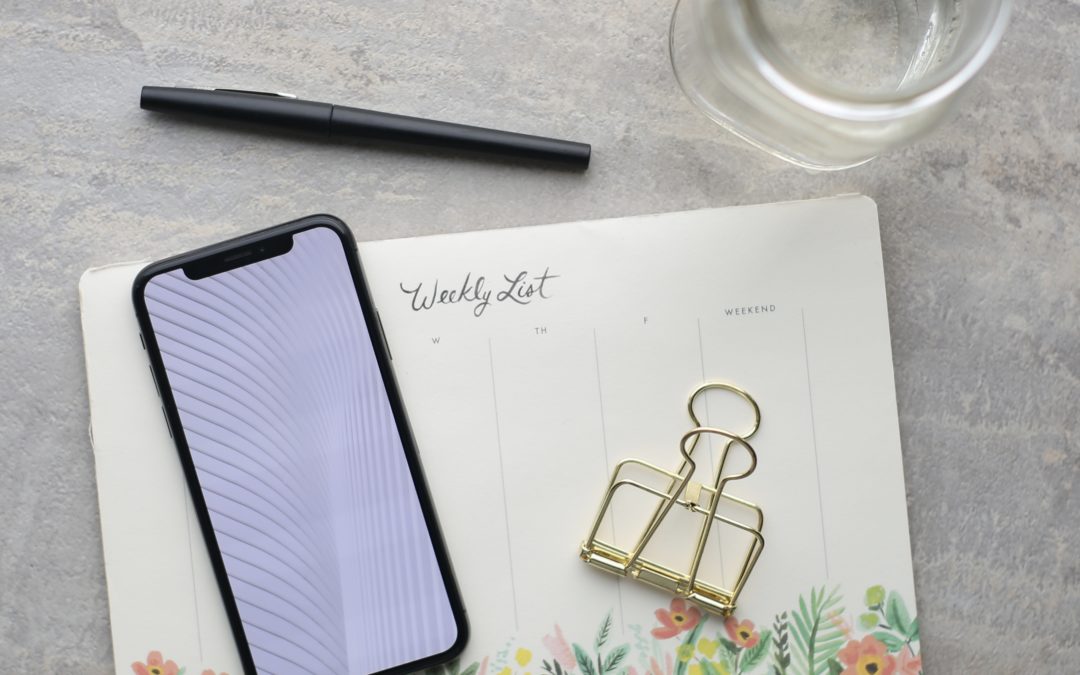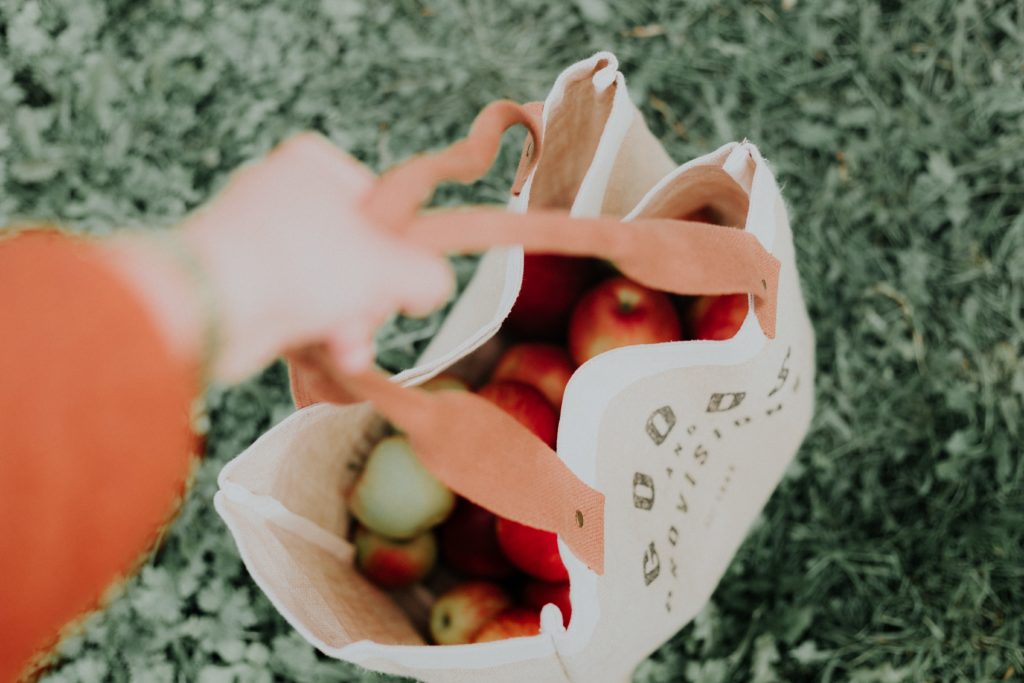Being a Community Creator
And let us consider how to stir up one another to love and good works, not neglecting to meet together, as is the habit of some, but encouraging one another, and all the more as you see the Day drawing near.
Hebrews 10:24-25 ESV
It was a normal Thursday morning as I got ready to leave for work that day. I was talking to my mother on the phone about what our plans were for the day and I mentioned that we had a couple of friends coming over for dinner that evening. “Oh good!” my mom said, sounding much more pleasantly surprised than I figured she would. I hung up with her and continued to think about why she might have sounded so surprised… then it dawned on me—we hardly ever have people over during the week.
Both my husband and I work very full schedules during the week so times to meet with friends during the week are few and far between and, quite frankly, not something we prioritize if we can just meet with them on the weekend. This time however, it had sounded fun to have company over on a week night and everything had fallen into place quite easily.
I want to be someone that always welcomes people into my home—really I do! And not just on weekends… Naturally all this started me thinking about how we are supposed to have community, how we are supposed to be intentional about building community, and being in our community. So much of the discussion within the church today focuses on being in community—within the church. But what about building a community within your neighborhood and city?
One of our good family friends is a great community builder. She lived for years in a little house (tiny by the standards of most houses today) and had a nice, but modest backyard. She was always inviting people to her home! Bible studies, large gatherings of a huge variety of people and neighbors. Then she moved a few years ago, far enough away that she had to start rebuilding her community. And she’s been doing it! It is the everyday opportunities like inviting the neighbors over when she’s having a cookout for her granddaughter’s birthday. It is helping connect neighbors in the winter when there’s a big snowstorm and the neighbor needs a plow and the one with the plow could use some cash that plowing would provide. It’s taking one of the many vegetables over to another neighbor in the summer when the garden is producing faster than food can be picked, preserved, and put away. These are the things that build community.
Today, the date this post is being published, is the 21st anniversary of the terrorist attacks on the twin towers in New York City. We saw a powerful representation of community that day and over the days and weeks that followed as people banded together to help piece back their lives. Oftentimes this was stranger-helping-stranger, communities being built out of ruin.
In the first church Paul was a great community builder. We see this in his letters when he lists off all the people he wants to greet—many of these are people he hadn’t even met yet! Correspondence had been passed between him and these members and even before he arrived in some of the regions. He had started to build a community. Imagine being a community creator like that!
How can you start to create community where you are today? Can you connect people with other people to help meet mutual needs? Can you babysit for the single mother in your neighborhood? Can you host a game night or have a campfire and invite your neighbors to stop by? All of these things help build community and, most importantly, all of these things allow us a chance to show Christ’s love through us, and that is something Christians are called to do.
Other Posts You May Enjoy:
Disclosure
Please remember that this post contains affiliate links; that means if you click on the link, I will make a small commission at no extra cost to you. It’s a way to support my blog! I will only ever share an affiliate link if I love the product and think that you just might love it too!




